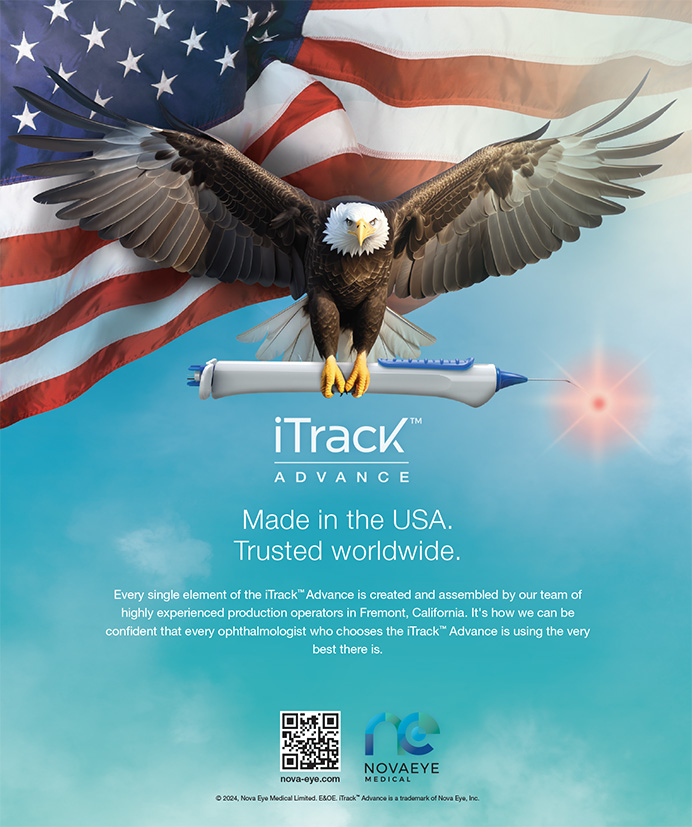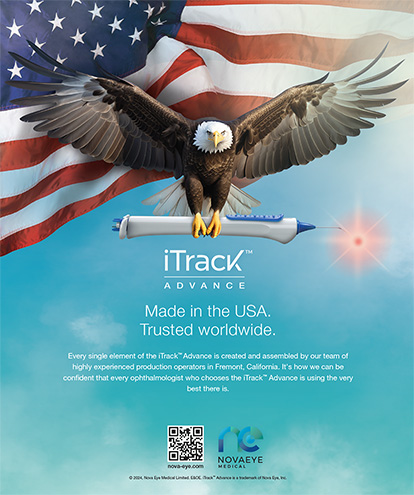January 12, 2010, is a day no Haitian will ever forget. For those distant from the day’s horror, it might already seem like a fading memory, eclipsed by the oil spill disaster, floods in the Midwest, and what seems like a never-ending economic nosedive. But the level 7 earthquake that shook the Western hemisphere’s poorest country that day—taking the lives of some 250,000 to 300,000 individuals and leaving its buildings and infrastructure largely in ruinous heaps of rubble—is indelibly etched in the memory of those lucky enough to survive.
Owing to some fortuitous quirk of human nature, the worst tragedies somehow tend to bring out the best intentions of those wishing to ameliorate the suffering of the needy and troubled. Within days of the earthquake, President Barack Obama enlisted former Presidents George W. Bush and Bill Clinton to establish a fund, which by August had raised more than $50 million from 230,000 contributors. Numerous nongovernmental organizations worldwide contributed funds, equipment, and supplies.
Meanwhile, the US ophthalmic community did its part. Spearheading the AAO Task Force on Haiti Recovery was Michael W. Brennan, MD, a veteran of tours of medical duty in Afghanistan and Iraq. Dr. Brennan also serves on the Pan-American Ophthalmologic Association’s task force, and he has numerous medical and governmental contacts in Haiti, most notably Franz Large, MD, president of Sociatie Haitian Ophtalmologie (the Haitian Society of Ophthalmology). "He’s like a brother," said Dr. Brenner in an interview with Cataract & Refractive Surgery Today. "He has been the chief communicator, collaborator, and integrator in response to the Academy’s outreach." In other words, Dr. Large was the ultimate partner with whom to tackle the formidable ophthalmic challenges they had to face.
FIRST RESPONSE
In the beginning, eye injuries were not the chief concern of survivors, because an earthquake tends to cause more crush-like orthopedic injuries. "Within the first week, there were almost no ophthalmology cases [taking precedence]," said Kaz Soong, MD, professor of ophthalmology and visual science at the University of Michigan's Kellogg Eye Center, told CRSToday. "So, I ended up helping with amputations and setting bones, a lot of casts. It was like getting a medical school internship in a hurry, anything we could do. All of the doctors were emptying bedpans and feeding patients. There was a portable X-ray unit, and some of the X-ray [technicians] succumbed to fatigue. So I said, okay, I'll take X-rays. That was the other hat I was wearing. [Initially] my ophthalmology hat was a miniscule [one]."
A PLACE TO ADMINISTER OPHTHALMIC CARE
Most of the medical care and ophthalmic care was centered at the University of Miami’s Medishare tent hospital, located at what was once a functioning airport, which had become next to useless. The Bascom Palmer Eye Institute of the University of Miami School of Medicine has a long, close relationship with Haiti largely owing to the proximity of the school to the country, not to mention close ties between doctors on both ends of the connection. Among the key players there was Richard Lee, MD, assistant professor of ophthalmology at Bascom Palmer, who managed donations to Bascom Palmer and helped coordinate the transportation of doctors and allied health professional in and out of Haiti.
VOLUNTEER EFFORTS
Some US ophthalmologists were stunned by what they found. Mildred M. G. Olivier, MD, a glaucoma specialist with Midwest Glaucoma Center in Hoffman Estates in Illinois, and a Haitian-American, said that carrying out her clinical duties required no small amount of mental discipline. “Haiti has always been a place that I’ve been concerned about,” said Dr. Olivier in an interview with CRSToday. She makes annual visits to her ancestral home. “You had to almost kind of stop and not think about the actual things that were going on,” she said. “It was so overwhelming. You know, to see the Haiti that I’ve always known suddenly like that. You couldn’t dwell on it very long because it was depressing.”
The extent of the death and destruction made it easy for volunteers to burn out. Most served for no more than a week at a time, although many returned for multiple visits. Yet for all of the setbacks and loss, the volunteers could take some solace from those who were saved or cured. Dr. Soong captured the nature of the ups and downs, which all of the doctors experienced: “Even saving one limb or one finger or setting a person’s fractured bone was very gratifying. On the other hand, the thing that really puts the dark cloud over that was how many we couldn’t save. The problems were so overwhelming. We felt useless, and there was a lot of burnout because of that. It’s an experience that most of the volunteers will never forget till the day they die. Not often do you go to a city where the predominant smell is cadaveric.”
FACING OCULAR TRAUMA
Early on, most of the treatable eye injuries were limited to orbital fractures, facial lacerations, and trauma-related neuro-ophthalmic cases. These injuries were referred to specialists at the Medishare tent hospital or the US Navy hospital ship Comfort anchored not far offshore. The most severely affected patients were transported to Bascom Palmer, which left general ophthalmologists doing whatever they could to help.
Dr. Soong and his compatriots also encountered their share of ocular tumors, some of them far more involved than what they saw back home. There were multiple reasons why the ocular tumors among the Haitians grew to alarming proportions. “We saw ocular surface tumors, conjunctival and corneal and lid tumors, some of them just really rampant and big that you never see in [the United States],” Dr. Soong said. “[The tumors were] in people, 28 and 29 [years old and] seemingly healthy, and then [in] children. Some of this is because of the very high incidence of HIV and AIDS. These individuals are more susceptible to tumors, and when they get them, between the susceptibility, the low immune reaction, and the unavailability of care, they just mushroom out. So we saw a lot of those, including in newborns. Retinoblastoma is very common there, too. The retinal tumors were actually pouching out the front of the eye. They were preexisting conditions, but I think in the pandemonium and the unavailability of care, some of them really got to epic proportions.”
DONATIONS
The AAO Task Force on Haiti Recovery has benefitted not only from skilled physician volunteers but also from generous donations of equipment, supplies, and pharmaceuticals. Ophthalmic companies and other sources mobilized to meet a variety of dire needs. The challenge that Dr. Brennan and his fellow organizers faced was getting these items to the places where they were most needed. Because many roads were riddled with potholes, that was not always easy. “There’s some donated equipment that’s still in the warehouse,” Dr. Brennan said. “There’s some donated equipment that couldn’t go to a private clinic because it would have been hacked. Transportation is really awkward because the roads are in such battered shape. They were poor before the earthquake, and getting heavyduty transportation to move large pieces of equipment was difficult.”
The good news is that Dr. Brennan has enlisted the assistance of two biomedical technicians to install and repair ophthalmology equipment—valuable personnel in a country where such skills are hard to come by. “They’re going to rewire damaged equipment, and there’s a lot of that,” Dr. Brennan said. “They’re going to install the newly donated equipment, and they’re going to start training equipment repairmen.” In a nation with scarce funds for medical equipment, the benefit of such an effort is incalculable.
HOW YOU CAN HELP NOW
Before the earthquake, Haiti had 54 ophthalmologists serving a population of 9 million. While that population was tragically diminished by upwards of 300,000, the earthquake took the life of one ophthalmologist. At the same time, the collapse of one of the nation’s main nursing schools took the lives of dozens of prospective nurses. Compounding the heath care shortage is the fact that many Haitians complete their training in their home country only to emigrate to the United States, Canada, Europe, and elsewhere—a brain drain that this impoverished nation can ill afford.
With that in mind, Dr. Brennan and his Haitian colleagues, most notably Dr. Large, have made it a priority to establish a training program for ophthalmic technicians.
Considering that glaucoma is the most troublesome chronic eye disease among the black population, Dr. Brennan sees selective laser trabeculoplasty as the most efficient and cost-effective means of managing the disease in poverty-stricken nations. He and his Haitian counterparts intend to launch a glaucoma screening campaign to identify target populations. “I see possibly the American Glaucoma Society getting involved in this,” Dr. Brennan said. He has already met with glaucoma specialists and envisions a rotating team of volunteers willing to spend a week at a time in Haiti before another physician comes down to take their place.
CONCLUSION
Haiti’s infrastructure has come a long way since the devastation. The airport is at least serviceable. The roads no longer resemble a moonscape, but the country still has a long way to go when it comes to building construction. That will take a while, but the Clinton Bush Haiti Fund still retains a sizable portion of its treasure chest of more than $50 million, with a long-term timeline of 10 years to rebuild the country from rubble.
Just as important, dedicated professionals such as Dr. Brennan and his fellow countrymen, not to mention doctors and nurses from countless other nations, remain devoted to helping Haitian health care. The goal is not just to return Haiti to its pre-earthquake capabilities but to turn a tragedy into an opportunity by improving its health care system. Why do they do it? There is something about the Haitian people themselves that seems somehow to capture the heart. “Anyone who goes to Haiti, and is there, really falls in love with the people and the country, despite its poverty,” said Dr. Olivier.
Michael W. Brennan, MD, in practice in Burlington, North Carolina, is a past president of the AAO. Dr. Brennan may be reached at (336) 228-0254.
Mildred M. G. Olivier, MD, practices in Hoffman Estates, Illinois. Dr. Olivier may be reached at (847) 882-5848; info@midwestglaucoma.com.
Kaz Soong, MD, is from the University of Michigan Kellogg Eye Center, Ann Arbor, Michigan. Dr. Soong may be reached at (734) 763-5506; hksoong@umich.edu.


